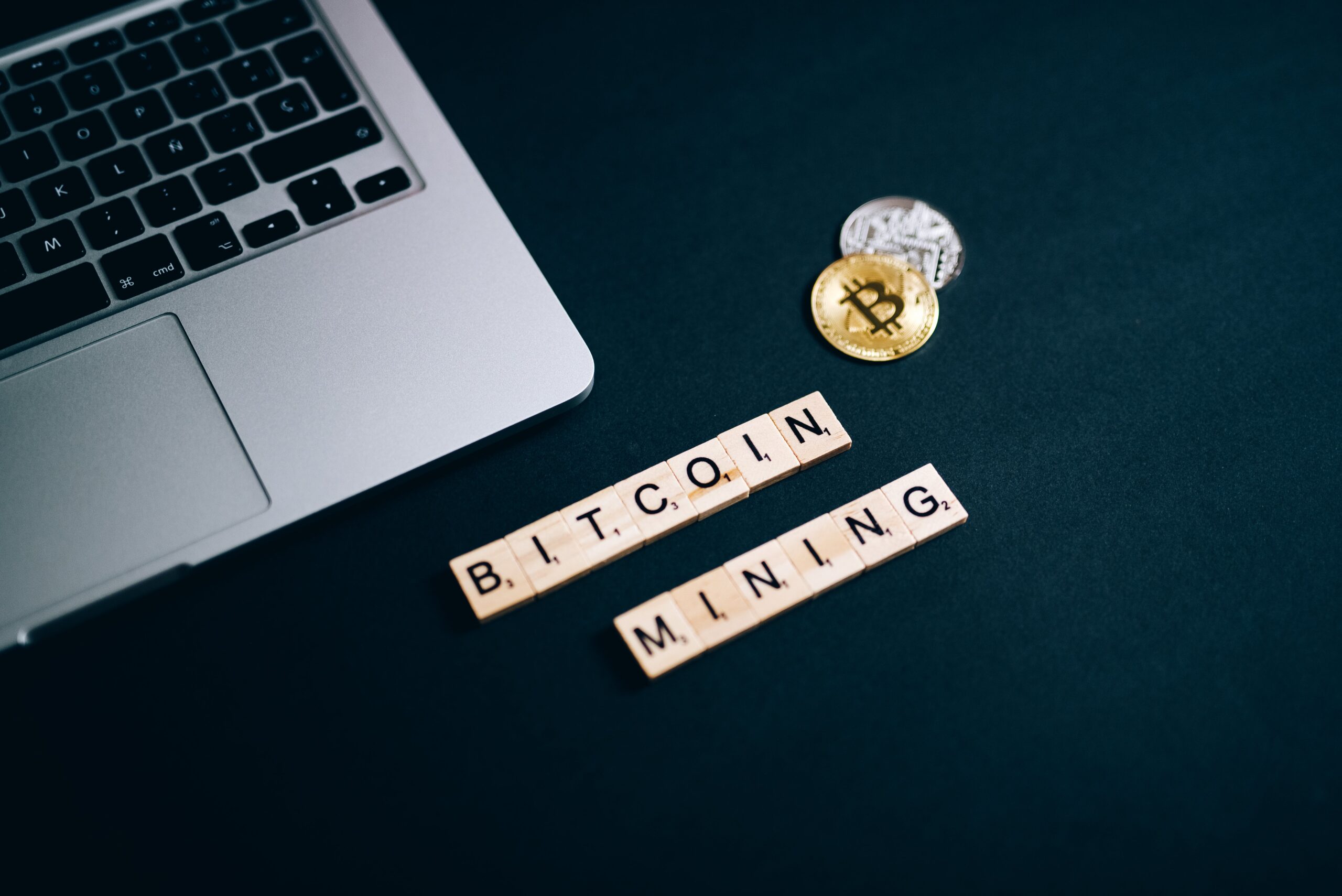Cryptocurrency
An In-Depth Guide to Cryptocurrency Mining

Introduction:
Cryptocurrency mining, often referred to as the backbone of many blockchain networks, is a complex and essential process that underpins the decentralized nature of digital currencies. In this article, we will explore the intricacies of cryptocurrency mining, its role in the creation and validation of blockchain transactions, and the challenges and opportunities it presents to participants in the ever-evolving world of blockchain technology.
Understanding Cryptocurrency Mining:
- The Mining Process:
- Cryptocurrency mining is the process by which transactions are verified and added to the public ledger, known as the blockchain. Miners use powerful computers to solve complex mathematical problems, and upon successfully solving these problems, they are rewarded with newly minted cryptocurrency coins.
- Proof-of-Work (PoW) vs. Proof-of-Stake (PoS):
- The two primary consensus mechanisms in blockchain networks are Proof-of-Work (PoW) and Proof-of-Stake (PoS). In PoW-based systems (e.g., Bitcoin), miners compete to solve mathematical puzzles, while PoS relies on participants “staking” their existing coins to validate transactions and create new blocks.
Cryptocurrencies and Mining:
- Bitcoin Mining:
- Bitcoin, the pioneer of cryptocurrencies, relies on PoW mining. Miners, often organized in mining pools, compete to solve complex mathematical problems, and the first one to solve it gets the right to add a new block to the blockchain and is rewarded with newly minted bitcoins.
- Ethereum and Altcoin Mining:
- Ethereum, the second-largest cryptocurrency, currently utilizes PoW but is transitioning to PoS with Ethereum 2.0. Other cryptocurrencies, known as altcoins, employ various mining algorithms, each with its own set of requirements and rewards.
Mining Hardware and Software:
- Mining Hardware:
- Specialized hardware, such as Application-Specific Integrated Circuits (ASICs) and Graphics Processing Units (GPUs), is commonly used for mining. The choice of hardware depends on the specific cryptocurrency being mined and the mining algorithm it employs.
- Mining Software:
- Mining software facilitates the connection between the mining hardware and the blockchain network. It allows miners to configure their mining rigs, join mining pools, and monitor their mining activities.
Joining Mining Pools:
- Pooling Resources:
- Mining pools are collaborative groups of miners who combine their computational power to increase their chances of successfully solving a block and receiving rewards. Pooled mining provides a steadier income stream compared to solo mining, which can be more sporadic.
- Sharing Rewards:
- When a mining pool successfully mines a block, the rewards are distributed among participants based on their contributed computational power. This ensures that miners receive a consistent and predictable income over time.
Challenges and Considerations:
- Energy Consumption:
- Cryptocurrency mining, particularly PoW, has faced criticism for its energy-intensive nature. High electricity consumption by mining farms has led to debates about the environmental impact of mining activities.
- Mining Difficulty:
- The difficulty of mining adjusts over time to ensure that blocks are added to the blockchain at a consistent rate. As more miners join the network, the difficulty increases, making it more challenging to mine new blocks.
- Regulatory Considerations:
- Cryptocurrency mining faces regulatory scrutiny in various jurisdictions. Some countries have embraced it as a legitimate economic activity, while others have imposed restrictions or outright bans due to concerns about energy consumption, fraud, or illicit activities.
The Future of Cryptocurrency Mining:
- Transition to Proof-of-Stake:
- Many blockchain projects are exploring or transitioning to PoS consensus mechanisms as a more energy-efficient alternative to PoW. Ethereum’s ongoing move to Ethereum 2.0 represents a significant shift in this direction.
- Advancements in Mining Technology:
- Continuous advancements in mining hardware and software aim to improve efficiency and reduce energy consumption. Innovations such as immersion cooling and more energy-efficient algorithms contribute to the evolution of mining technology.
Conclusion:
Cryptocurrency mining is a fundamental process that ensures the security and decentralization of blockchain networks. While it has faced challenges, including environmental concerns and regulatory uncertainties, mining remains a dynamic and essential aspect of the cryptocurrency ecosystem. As the industry continues to evolve, participants in the mining space will play a pivotal role in shaping the future of decentralized finance and contributing to the ongoing innovation within the blockchain and cryptocurrency landscape.
-

 Destinations4 days ago
Destinations4 days agoSave Money in London: Insider Tips for Budget Travellers
-

 USA News3 days ago
USA News3 days agoWhat Is The Current Us Elections Rating And Who Is Leading The Polls?
-

 Technology5 days ago
Technology5 days agoEnhancing Lead Management and Text Marketing with Launch Control’s All-in-One CRM
-

 Europe News3 days ago
Europe News3 days agoSee Rome on a Budget: History and Culture Without the Cost
-

 Travel3 days ago
Travel3 days agoHow to Make Friends in Southeast Asia Hostels: A Guide for Solo Travellers
-

 Climate Change3 days ago
Climate Change3 days agoCuba Faces Nationwide Power Grid Collapse Amidst Ongoing Crisis
-

 Travel3 days ago
Travel3 days agoSafe Travel in Mexico: Tips for a Hassle-Free Trip
-

 Destinations4 days ago
Destinations4 days agoArgentina Travel Guide: Tango, Wine, and Natural Wonders












